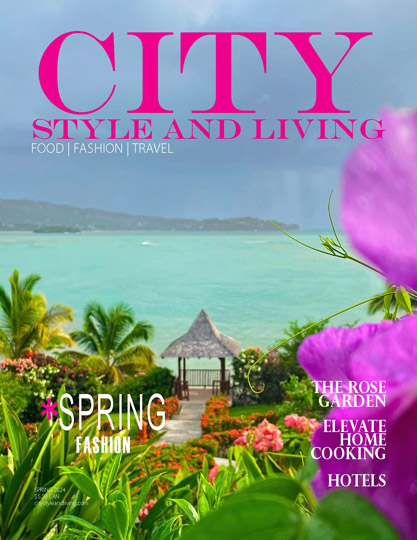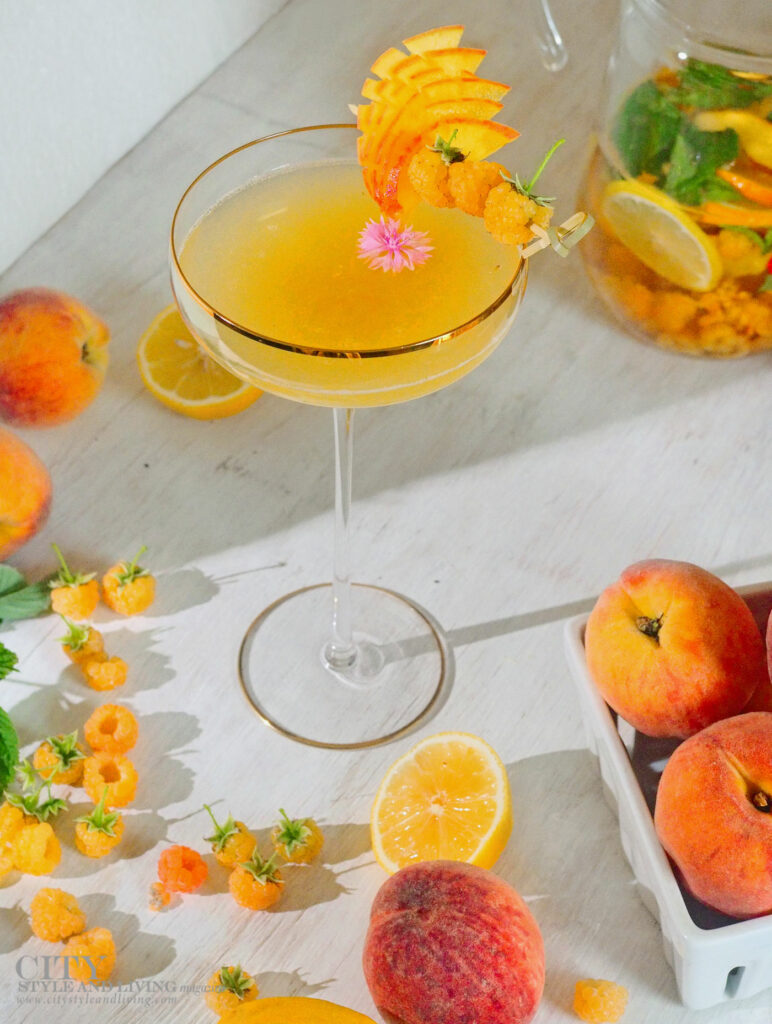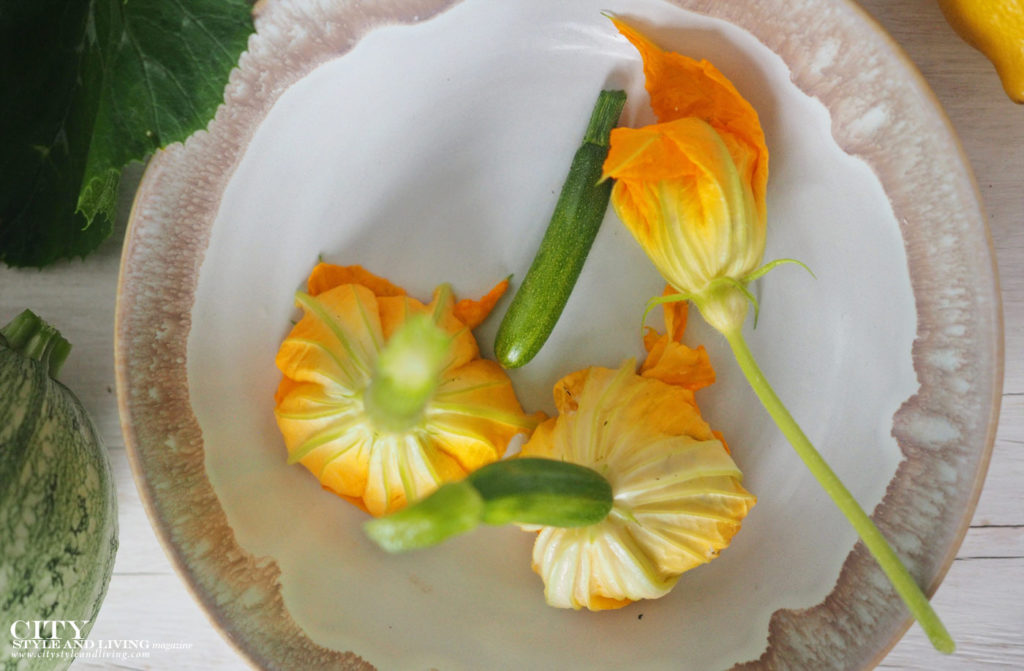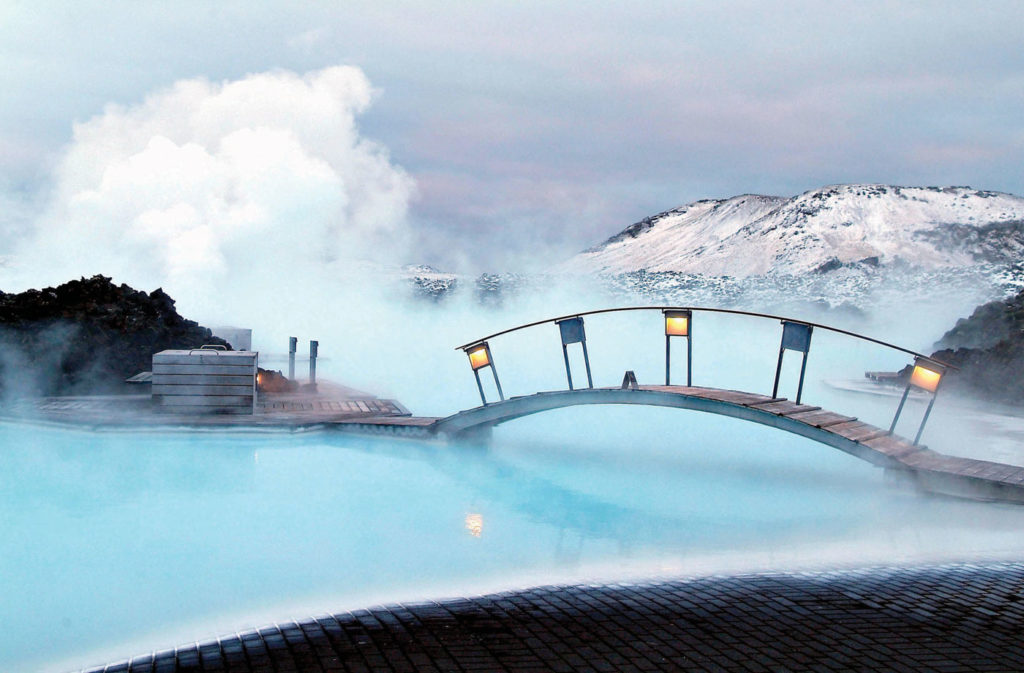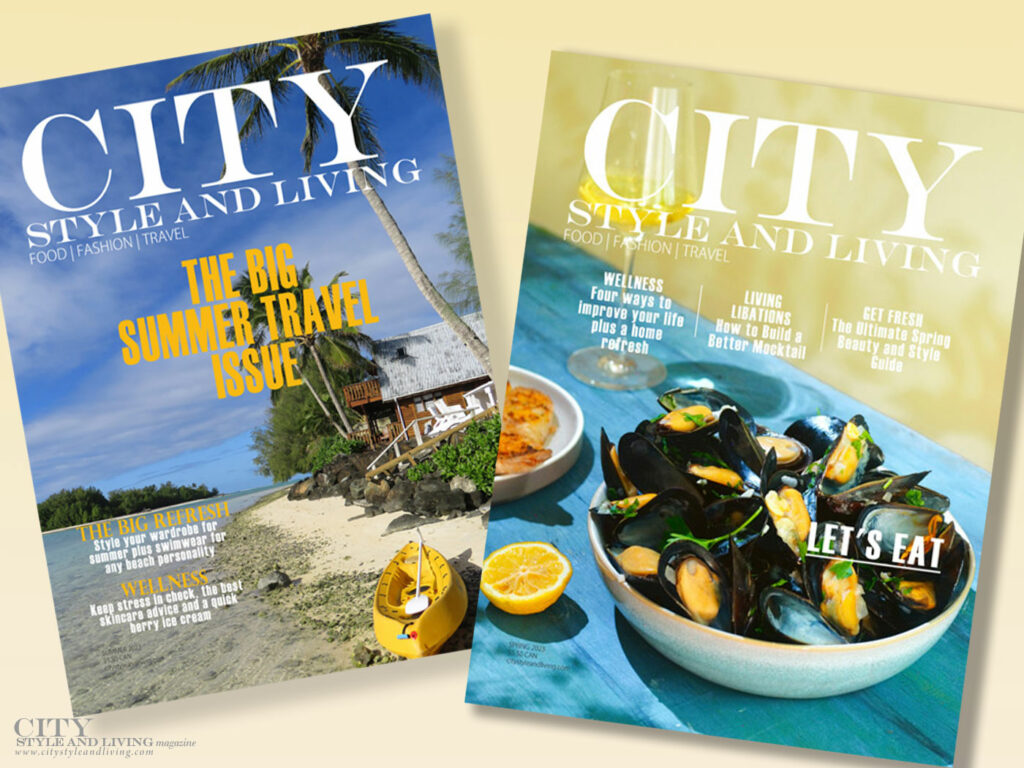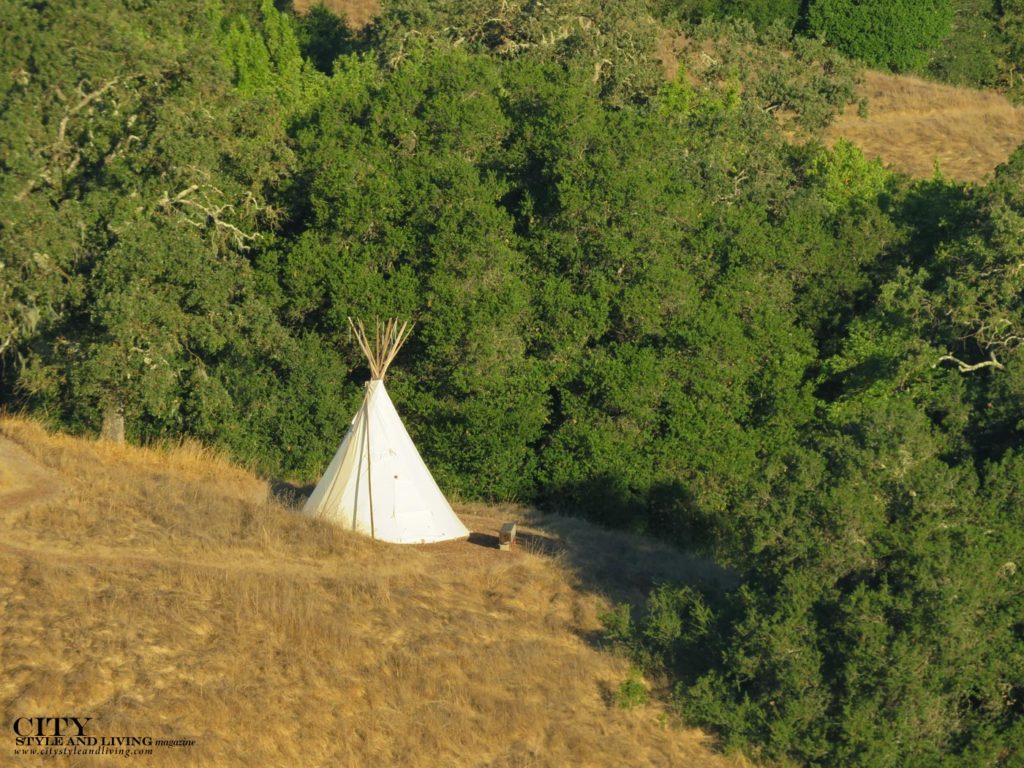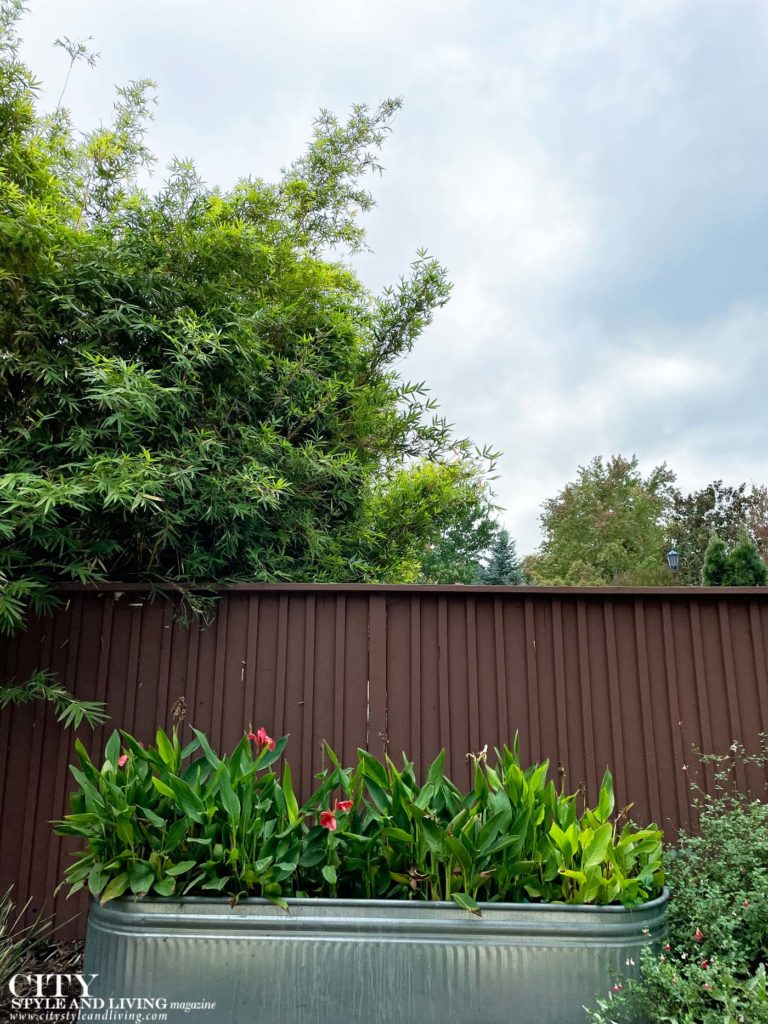
Spanish moss covered oak trees, marshlands, dreamy mansions and southern charm, Kailash Maharaj takes the trip of a lifetime to South Carolina.
PHOTOGRAPHED BY K&S MEDIA
What’s come over me? I’m not an extrovert. I cringe at cocktail parties and I don’t excel at small talk. But somehow I can’t quite help striking up a conversation with Sidi Limehouse at his Rosebank Farms on John’s Island in South Carolina. “When I was a boy all of this was undeveloped and no matter how far away, you would talk to your neighbor,” he says while chewing tobacco. His words reveal the ultimate code of the south – hospitality.
It’s not the first time I’ve been out of character. I had begun my trip chatting with chefs and musicians at Euphoria, the 8 year old food and musical festival held annually in Greenville. “We want to keep it small,” says Carl Sobocinski co-founder of the event which includes concerts, wine seminars, restaurant tastings, dinners and chef demonstrations. Over the course of the three-day event, I finally understand the fuss of fried green tomatoes, red velvet cake, and chess pie and I am moved by the intimate musings of Grammy award winning songwriters like Tim Nichols. Sobocinski’s commitment to keep Euphoria manageable ensures attendees have the sort of intimate experiences that I’ve adored. Indeed, a local tells me, “I took a well known singer to an event. She’s played all over the world but she said this was the best venue she ever played.”
The festival has done much to highlight Greenville’s burgeoning culinary scene, and one weeknight I dine at The Lazy Goat beautifully positioned on the banks of the Reedy River. With its antique market décor –clocks on the wall, wrought iron cursive pieces, large solid wood tables and mosaic blue bar flanked by a wood burning oven it is a local hotspot. As the restaurant serves Mediterranean cuisine, tapas plates appear – brussel sprouts caramelized and crunchy with an undertone of garlic; fried goat cheese spheres with pistachio dust and vanilla honey drizzle; shrimp pizza with a tasty pesto and a kick of chili. The standout is the chocolate tart with coconut. Its unpretentious looks resembling a granola bar belie rich dark chocolate, coffee, toasted coconut, and whipped cream. Chelsea, my server, originally from Michigan has been in Greenville six years. “It’s a blessing being here,” she says as if telepathically intuiting my own experience.
Countless times I am standing in the street in Greenville looking puzzled and just beginning to form a question in my mind when someone comes to my aid. Their manner is invariably funny, jovial, and genuine. Offers of assistance are proffered not as special gifts motivated by commerce or fraught responsibilities but as natural, commonplace gestures. Once, a man who had already walked four miles for his medication went out of his way to take me to my destination. Another time, someone saw me taking tourist pictures near a replica bronze boar (the original is in Florence) and begins a conversation as though we’ve been lifelong friends and within minutes we are speaking about everything taboo including religion and politics.

Greenville has done much to reinvent itself in the last decade. Its main street filled with shops, restaurants, event space, arts venues and cafés was once considered, like most inner cities, a dilapidated lost cause. Due to its mild weather (attracting retirees) and jobs created by BMW, Michelin and GE, the area has seen an influx of people and prosperity. Though it lacks many of the stereotypical symbols of Southern living, Greenville is a 21st century city without airs or pretense. Within a few days downtown Greenville is familiar, walkable, and easy. Street musicians perhaps here for the festival play their instruments or sing, the weekend farmer’s market brings out vivacious crowds and dog bowls ready with treats for pets are placed outside many stores.
“Greenville has everything you want, like Starbucks, but it’s still small enough to feel comfortable,” says Athena Ferguson of Greenville Glides when I arrive for a segway tour of the city. I am joined by a married couple from Spartanburg as we zip through main street, Fluor Field, the baseball stadium, the Shoeless Joe Jackson statue and museum, the Peace Centre, and The Westin Poinsett. At Falls Park on the Reedy, in the middle of downtown, ducks, loons, and geese swim in the catchment beneath the falls, people jog on Liberty Bridge or use the swings at rest areas.
Another day I visit the religious art collection at Bob Jones University Museum and Gallery an interactive and immersive museum, considered the largest collection of religious art in the Western Hemisphere.
Greenville evokes something of Norman Rockwell – ensconced in the halcyon days of America’s heyday. Not that it is saccharine or backward facing (its modern architecture and city planning say otherwise) but there is something of archetypal Americana about Greenville.

To see the South Carolina countryside, I drive up toward the North Carolina border early one morning past small towns their water towers emerging above the tree line, past hand painted signs for boiled peanuts, little strip malls, grand Victorians, gas stations and oak trees.
On the grounds of a former school, I go ziplining with Wildwater. The rush of swinging through the tree canopy, of tandem lines, and views over water is equal to the thrill of taking off from the bell tower with no landing platform in sight. Our group forms an easy camaraderie, Mike and Audrey, the father daughter duo, joke about fainting goats, mathematics and age while, Heather and Nate, our guides, are easygoing. I am dizzy with laughter through most of the lines. As the only foreigner, the group teaches me about kudzu (a notorious climbing vine), mudding (“welcome to the South,” says Heather) and make me taste the leaf of a sourwood tree (a laxative).
I practically float from ziplinging to the mountains. And the shadow of the Blue Ridge Mountains looms large at Chattooga Belle Farm in Long Creek like a diorama – forever receding into evaporating vapors of blue. As I sit with owner Ed Land at Belle’s Bistro munching on a gorgeous apple salad and corn bread, he points to Rabun Bald in Georgia and turns slightly motioning toward North Carolina – much of the fabled south within his purview.

Formerly the largest commercial apple producer east of the Mississippi River, partly owned by Groucho Marx, the farm has become a centrepoint for agro-tourism in the state. “Farming is a small financial footprint. Most of the money comes from weddings,” says Land of the 138-acre farm’s diversified offerings including 18 varieties of fruit, grass fed Angus beef, honey, a 18-hole disc golf course, a store, wine (from the region’s muscadine grapes and other fruit) and plans to become the first legal moonshine distillery in the county.
Land was an army drill sergeant and worked in the construction business before taking ownership of the farm in 2010. But his brawniness softens as he speaks about his favourite moment – the farm’s first wedding – with a Marine corps officer in full military regalia. “I loaded up at sunset to take the couple to the lake house in a 1942 military Jeep. We drove across the far hill faced back and saw the mountains. The couple teared up. It was a precious moment that still brings tears to my eyes.” If there is a lesson from this gauzy land it is the power of its beauty.

Later, I visit Happy Cow Creamery a 100 acre dairy farm in Pelzer owned by the legendary Tom Trantham. There is a small (28 by 30 foot) shop abutting the bottling plant his wife designed, a sheepdog is traipsing through the property and a delivery truck has just loaded the last cases of milk which travels just 48 feet from “teat to bottle.”
The farm produces low-temperature pasteurized milk, buttermilk and butter sold onsite and at grocery stores throughout the region. As we tour the farm, there is an unbelievable story of Steinbeck proportions at every turn. Stopping near some grazing cows Trantham looks shocked at his own success. “I can’t explain what this is, this is over my head” he says in disbelief at the farm’s evolution. His tone is firm underscored by conviction, humour and an unbreakable spirit.
Beginning in the grocery business with his father aged 12, Trantham shifted to his dream of being a dairy farmer. In the years that followed, “things were real good,” he was top in the state at a time when there were approximately 500 dairies (today only 75 remain). His success led to a cycle of borrowing from the bank for bigger and better until 1986, when South Carolina was the epicenter of the worst drought in a century; foreclosure loomed. The fortuitous arrival of a news crew documenting the devastation led to a surreptitious call from fellow farmer Mr. Pauley of Illinois who offered Trantham his surplus of hay. This blossomed into Trantham spearheading the largest farmer-to-farmer event in US agriculture whereby $2.5 million worth of hay was distributed to family farms in the area. “No money ever exchanged hands,” he says proudly.
Farms though echo the vicissitudes of life, and from the high of that time, he subsequently received news from the bank that he was in debt again. Dejected, he found that his cows had busted a gate and headed to a pasture that had not been plowed. “I stomped my hat. I’m going to watch television. Count me out,” he recalls in frustration. The cows however came back smelling differently and “milking like crazy that night.” From then on he transformed his farming techniques, “I was going to follow the cows instead of leading them.” Eventually, Trantham developed the renowned 12 Aprils program which relies on chemical free pastures and a 29-day rotation for his herd of Holstein cattle.
We make our way to the newly constructed warehouse and Trantham is beaming. It resurfaces several times during our conversation, everything that Trantham needed came to him at the right time – from a rooftop hot water heater; to thousands of yards of geotextile fabric to prevent the cows from getting hurt in enormous mud piles (it has now become a USDA standard). I see too that for every trial there is recompense, and how, at your breaking point, if you let go, you can be lead.
From languid farms I take in an adrenaline rush at the BMW Performance Driving School in Greer. I am partnered with Joe from Kentucky whose wife bought him the test drive as a birthday gift. “He’s such a wonderful man I wanted to get something for him,” she tells me later. I drive 5 different models of car testing their power on a course before off-roading through water, hills and turns.

Moving from upcountry down to the tidal flats of Charleston, brings me finally to what South Carolina locals call, “a special city.” More than just part of the amorphous south, South Carolina and Charleston especially holds a certain mystique and my first views of the Arthur Ravenel Jr. bridge, palmetto lined streets and vaunted mansions are unforgettable.
Even after taking a drenched carriage ride through the city past the Battery, the market, and Charleston’s famous churches the magic is not dispelled. The heart-breakingly romantic scene reaches its apex at Boone Plantation, the oldest continuously operated plantation in the U.S.

At Hall’s Chophouse the refracted din of happy diners substantiates that Charleston is firmly established as one of America’s great food cities. When I speak to chefs who have come here from other states they feel as if forged from the land. “They would have to give me an offer I couldn’t refuse for me to move back,” says one chef before adding that everyone who left Charleston has moved back or wants to move back. Chef Frank Lee explains the uniqueness of Charleston one night when I dine at his restaurant Slightly North of Broad (SNOB). “The food scene in Charleston is so good because of the collaboration and cooperation between chefs,” says Lee, “You don’t see the camaraderie that you do in Charleston.”

The compacted slate coloured sand makes a roadway for my bike to glide easily along the 10 mile expanse of beach. The water too is grey and though there is no demarcation between them except for the occasional foam flowing toward the shore, it is not dull. I could ride until sunset, free and blissful, watching as beach patrol throws a football, people walk their dogs, children make sandcastles, a man flies a kite, and college students bathe in the water, each respectful of others’ space.
I am staying at the Sanctuary at Kiawah Island Golf Resort, part Tara mansion (of Margaret Mitchell lore) part modern island playground, it was specifically designed so that guests do not see the ocean until they arrive at the lobby. The effect, after driving through wetlands and forest, is a dawning. My room with its massive bathroom, wet bar and glorious ocean views continues the theme of old world hideout.
More than anything, though, the resort operates on a sort of supercharged Southern hospitality. From the genteel front desk staff including Greg and Chris to my ongoing rapport with Charles Pickett Concierge Supervisor where one question turns into a riotous chat to the shuttle drivers who take me to and from various points on the island including Mason Charles, the resort’s first employee and JT at the Ocean Room who prepares an entire itinerary for me sourcing maps and planning the logistics, when I casually mention I have a few hours to spare, the resort has cultivated genuine service.
I am convinced too that there are no coincidences here. Soon after my arrival, I meet Jake Feary (whom I later learn is Assistant Director of Outdoor Programs) in the parking lot. I am inspecting some purple berries when he suddenly appears and supplies me with the Latin name of plant. A few minutes later, in the lobby, I overhear a guest asking the concierge if she’s seen Jake and I am able to tell her he’s on his way.
While I spend leisurely mornings on my balcony watching kids play on manicured lawns or strolling near Straw Market before stopping in for breakfast at Southern Kitchen, most afternoons are spent enjoying the island’s numerous activities. One day I go paddleboarding with Marcie as my guide. Though I fight against winds and current and my own lack of coordination to steer my board and can’t make it far past the dock, I am emboldened to try it again. To ease the muscles I used crouching on the paddleboard I visit the Spa at The Sanctuary at Kiawah Island Golf Resort its tranquility overlooking the resort’s grounds begin the balming effect of my subsequent massage.

The island boasts 30 miles of biking trails and with Julianna Smith my guide for the Wildlife in the Wetlands Bike Tour I see much of Kiawah’s western side. Along mostly flat paved asphalt trails, we discover the natural world in its minutiae and at its most powerful – the head of an alligator popping out of the water surrounded by her babies, a spider whose web is used for weaving or making nets, different types of mushrooms and cicada molting. We pass fishermen and people crabbing at Bass Pond, the first beach bungalows on Eugenia Avenue dwarfed by the mammoth houses that have become the norm, and at Rhett’s Bluff, the remnants of the Kiawah Indians. At one point we climb a spiral staircase to a wooden watch tower to see marshlands with their deviating dance of land and water. For all its development, Kiawah is still a world unto itself. The ecosystem here is a marvel, and at times I forget that Charleston or the world for that matter exists.
The land itself is an inspiration to the resorts’ chefs including Brendon Bashford executive Chef at The Sanctuary. “There are lessons of seasonality here. We stop at all the farms and we are fortunate for the land in itself. The sand flats carry sand within the soil which affects the produce making it sweeter. It is the terroir.” My dining experiences range from the swanky Ocean Room, where I enjoy a delicious meal that begins with mushroom panna cotta with micro celery with a pepper crumb and ends in the tactile delight of a melting chocolate dome to dinner at Cherrywood BBQ with its smoked meats, nachos and chicken quesadilla and great local beer. The highlight of my dining experiences is dinner at the Atlantic Room at the Ocean Clubhouse. “If you have a great view you don’t generally get great food,” says my waiter. “This is different.” Chef Jonathan Banta mixes Latin flavours with Southern fare producing marvelous dishes like a refreshing burrata and peach salad, crispy shrimp and mussels in a broth of parsley white wine, celeriac. Perhaps most special is seeing the chef’s family at the next table, their pride evident with every bite.
The casual fare at the resort does not disappoint either. Beaches and Cream serves ice cream, candy, cookies, sandwiches and their specialty praline. Manager Laurel Palmer arrived in 2007. “It used to be dark and like a closet and only served ice cream in the summer.” Wanting to revitalize the space and make it a place for every age group, and every gender she decorates it seasonally turning it into a year round destination. I stop by one day to taste their dedicated flavours beaches and cream and Laurel’s salted caramel and to enjoy their fabulous coffee made on an exquisite machine baristas use for competitions.
With his Chesapeake Bay retriever named Cooper by his side Captain Matthew Arnold, naturalist, warns that there will be a lot of bird talk on the Dolphin Encounter tour. He is perpetually “amped to see some birds” (on a trip to Mozambique he rose early and left his campsite to go looking for birds. Upon his return he learned that the area had not been cleared of landmines). As we ply the waters of the Kiawah river which is fed by the sea, Arnold is electric as he points out great blue herons (GBH, as he called them), egrets, cormorants, waders and shorebirds. He stops the boat when he sees a bald eagle perched on a tree and we sit in awe before it takes flight.
The real draw, however, are the estimated 25 Atlantic Bottlenose Dolphins that strand feed (corral fish onto land to eat) at Captain Sam’s Inlet. It is one of only a few places worldwide where this behaviour has been observed. With a scientific background Arnold is hesitant to get too close and interfere with the dolphins and we keep our distance.
Instead, Arnold lowers a hydrophone into to the water for us to hear the dolphins, adjusting until we hear them make a kind of plonking sound. “Oh! That’s so cool,” says Arnold whose conversation alternates between scientific nomenclature and shy, surfer-dude jokes (a classic of the genre: what did the vulture take on the plane? Carrion). “Scientists can become very involved in their work and very disconnected. That’s why I like coming out here because it is rejuvenating – seeing the birds and other people’s reactions,” he says.
As I leave Mingo Point, Jake Feary unexpectedly hails out to me. “Oh, I have something for you,” he says before presenting me with a booklet on local plants. It’s as if South Carolina has given me a present. But of course, I should expect this. South Carolina is a place to make old friends of people you’ve never met.
This article is based on an original story that appeared in the Winter 2014/15 issue of City Style and Living Magazine. Want more South Carolina?
